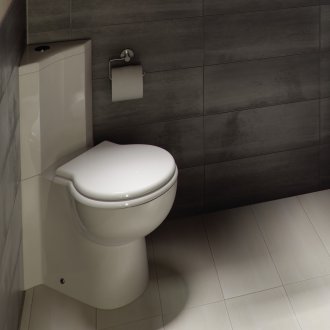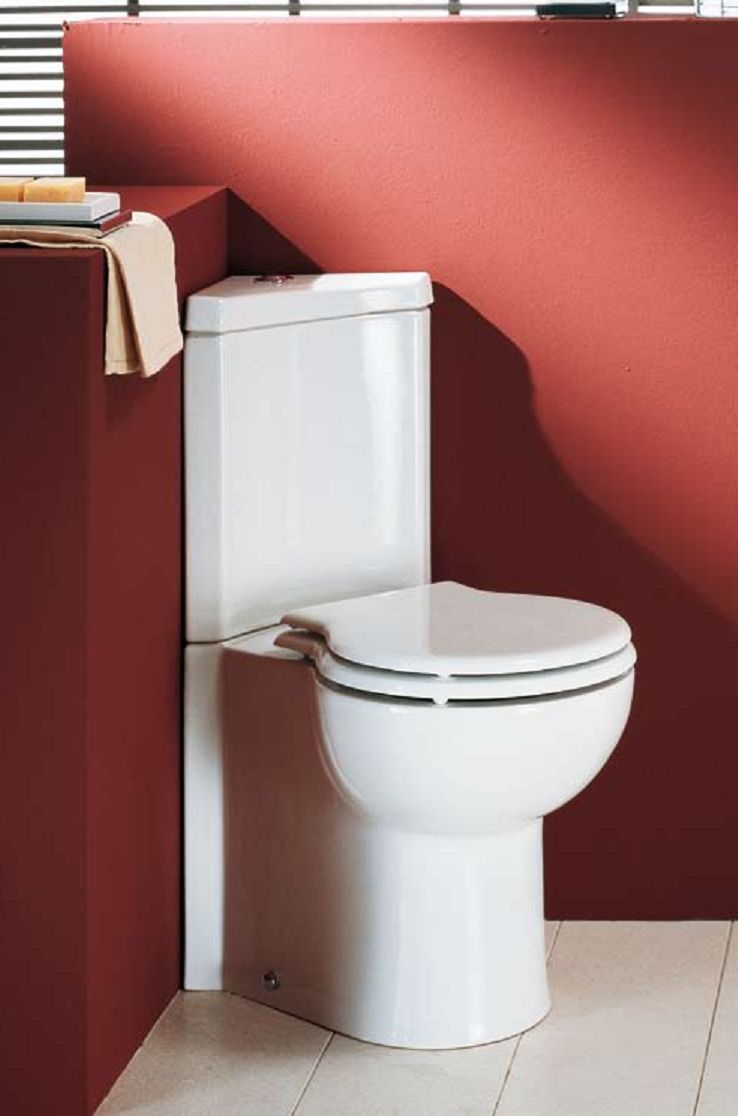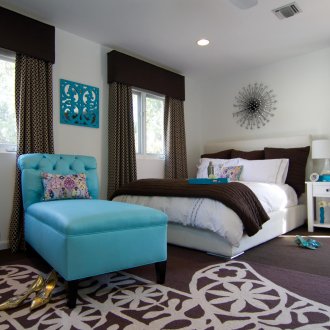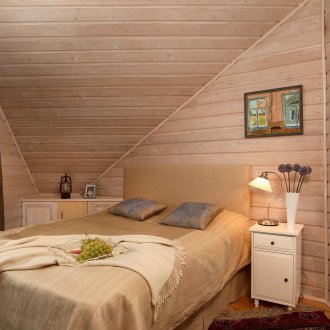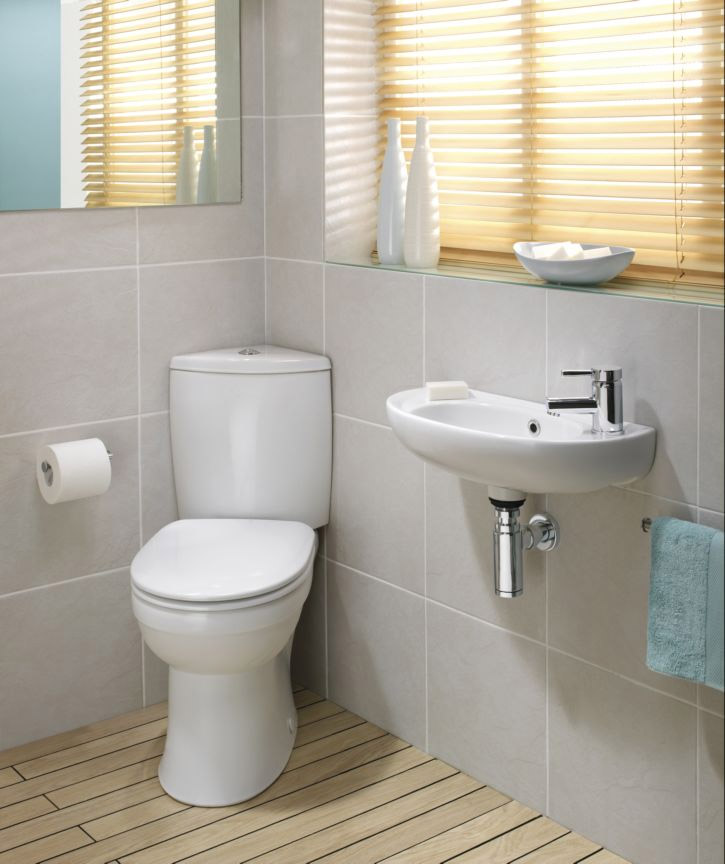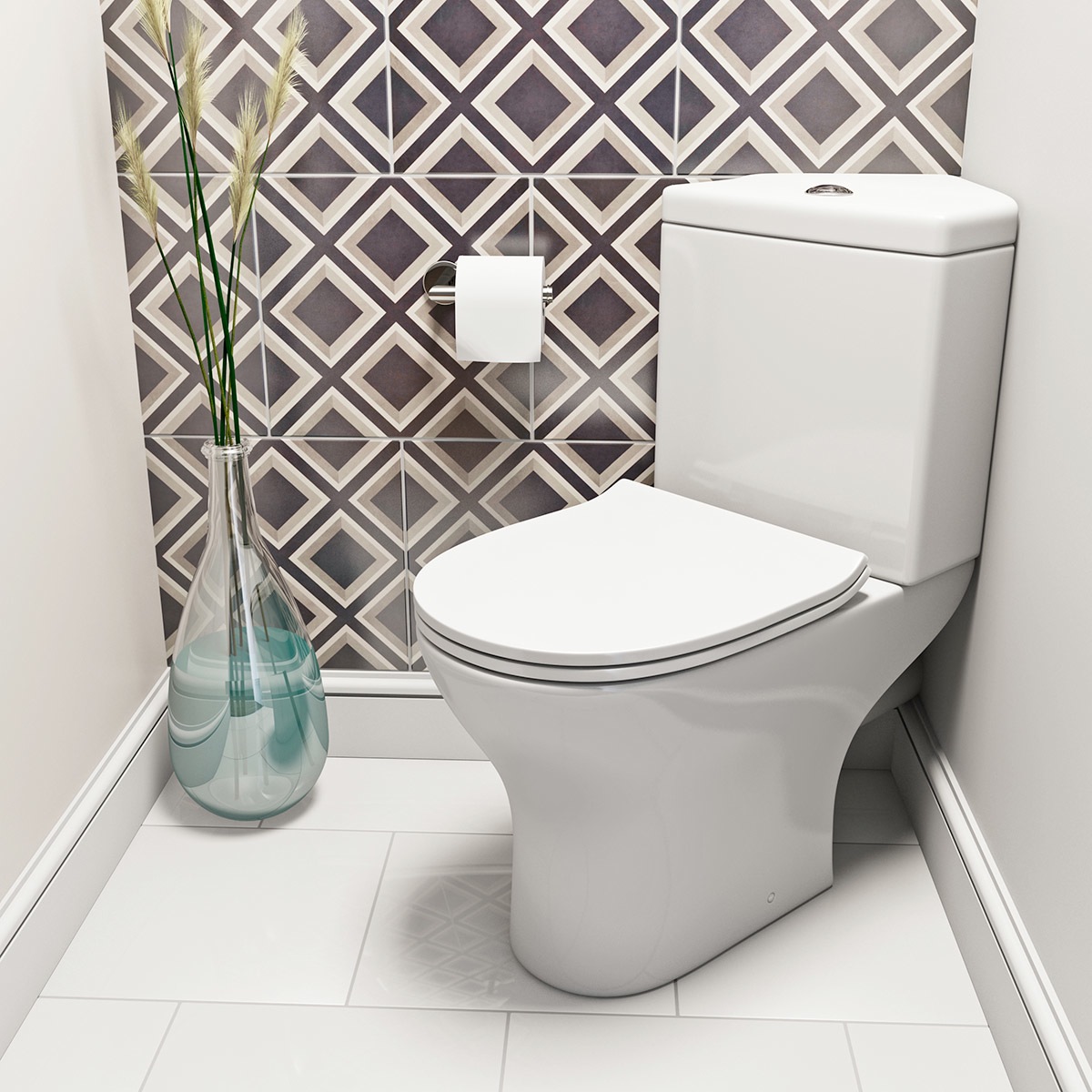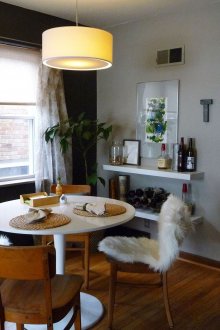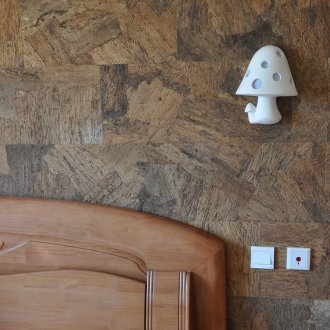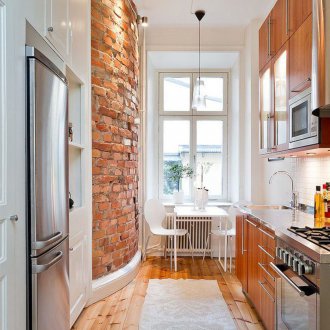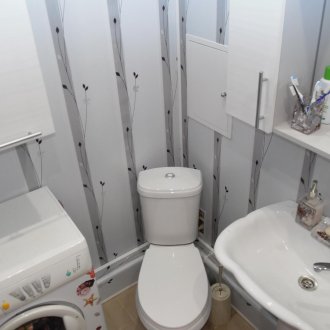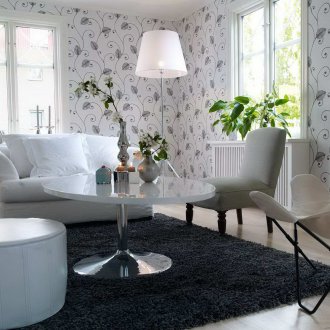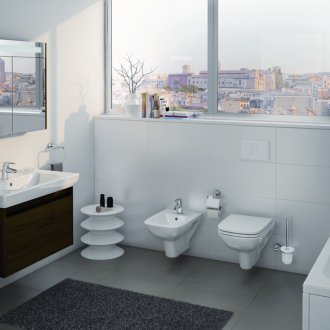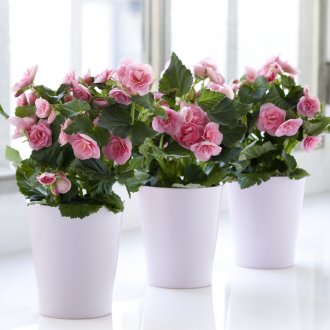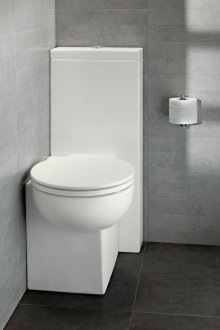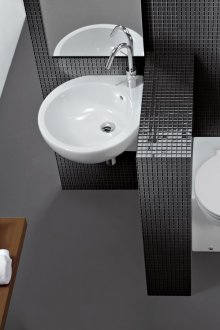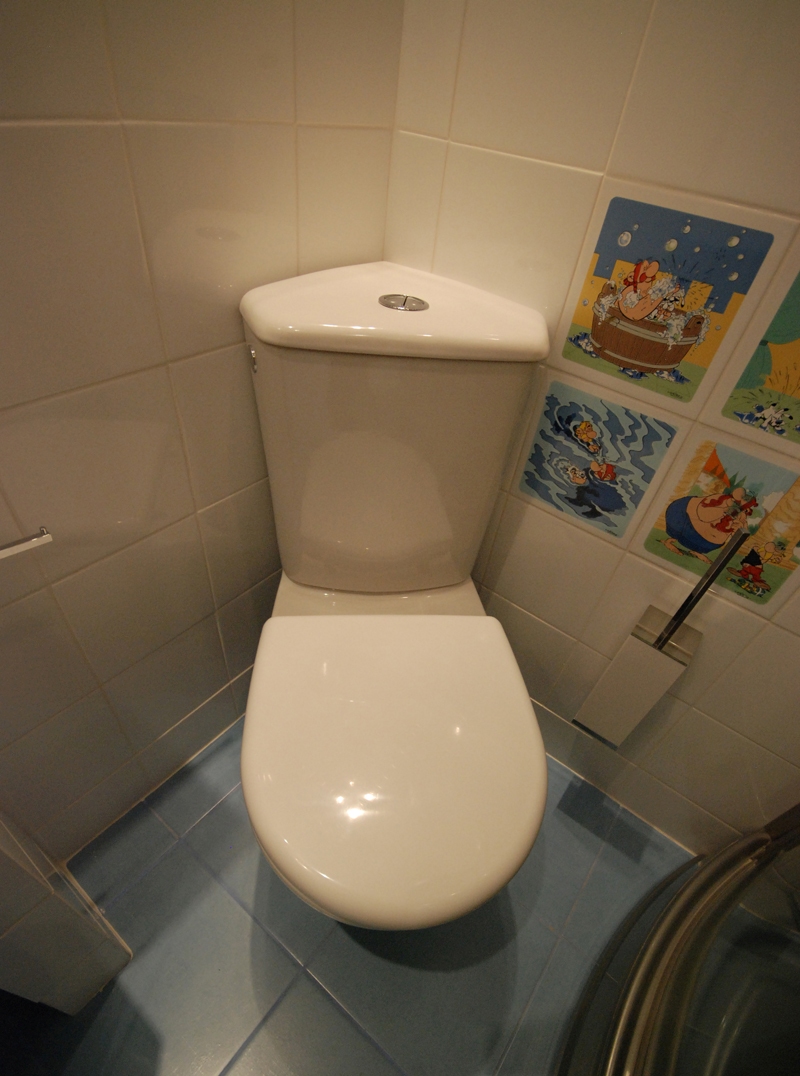Corner toilet: important selection criteria, installation sequence (26 photos)
Content
A corner toilet is an invention of recent years that has not yet come into use among the general population. However, unpopularity does not mean a lack of merit. Only the fame of such a decision.
The angular installation of the toilet has the following advantages:
- Compactness. In a small combined bathroom, where every centimeter matters, the corner toilet is placed in a corner, it has a triangular tank. As a result, relatively much space is freed up.
- Originality of design. You can choose any design, any color and ideally fit the corner toilet into the design of the room, turning it almost into a decoration.
- The ability to choose a toilet with a large number of additional functions: from flushing adjustment to a hygienic shower.
- Reliability. Corner toilet bowls are no more fragile than ordinary ones. They are able to withstand up to 500 kg of load.
However, in order to save space and do it beautifully, just buying the first toilet bowl that comes across is not enough, you need to choose a comprehensively suitable model.
Key selection criteria
Choosing a toilet is a responsible matter, because you need to figure out what generally matters.
- Material. It depends on him how strong and durable the design will be.
- Device. It is important to understand how the toilet works, how it communicates with the sewage system, on which side water is supplied to it.
- Design. How a toilet will look like depends on how well it fits into a particular bathroom.
- Price. You can buy a floor or wall-mounted corner toilet for 3,000 rubles, or for 30,000 rubles. In any case, it will be a little more expensive than the classic counterparts.
- Additional functions. You always need to know what plumbing is capable of.
Before heading to the store, it is also important to measure the area of the intended place for the toilet. If it is less than necessary, installation will not be possible.
Materials
In the manufacture of plumbing, not many materials are used.
Ceramics
The most common option and very cheap. It is usually enameled on top, it looks simple, allows you to choose a color, but it is very unstable to the influence of time - the enamel is worn away by the influence of flowing water, the ceramic itself is saturated with moisture, and ugly yellow traces remain that cannot be washed. Moreover, the reliability of the entire structure is reduced: careless movement can lead to collapse.
Faience
Less common due to the general high cost option. It consists of white clay with an admixture of expanded clay and feldspar, serves twice as long as ceramics, because enamel erases more slowly from such a base. Reliable, durable.
Stainless steel
An expensive and rare option. It is used mainly by wealthy people who want to get a techno style bathroom. Durable, very reliable and lasts longer than earthenware.
Cast iron
It is very rare. Roads are so heavy that it does not actually pay off with absolute reliability.
Marble or natural stone
A very expensive, very pretentious solution, which is used only in properly furnished houses. Heavy, but very reliable material.
Plastic
The cheapest and richest color variation option, but also the cheapest. Rarely used in urban apartments - more often in cottages.
Design Features
The design of corner toilets is not much different from the design of conventional toilets; you can find both an angular toilet with a tank and an angular toilet-compact. Both of them can fit perfectly into the design of the bathroom, the main thing is to know how they differ.
Floor
As the name implies, this is a classic version of the location of the toilet on the floor, which can be seen in most apartments. They are:
- compact - to easily replace any part of the toilet bowl in case of breakage, the tank is installed separately from the bowl on a special shelf;
- monoblock - the toilet bowl is simply cast by a single design, which is cheaper, but you will have to completely change it, if anything.
Attached
The attached corner toilet looks very original, but it will be difficult to install it - the main trick of the design is that the tank is built into the wall. The result looks like a bowl protruding from the wall.
The floor toilet is easy to install yourself with a certain skill and accuracy. You will have to sweat with an attached toilet, but it looks much more spectacular.
Additional functions
The corner toilet can be equipped with additional functionality that will make its use even more comfortable. He may have:
- built-in bidet - it can be a simple stream of water, or it can be massage, equipped with a drying device and the ability to change the temperature as desired;
- built-in backlight - it will help you navigate the toilet even at night, its light is soft and dim enough so as not to cut your eyes;
- double flush - allows you to control the intensity of flushing and save water by using a small amount of water where it is simply not needed anymore;
- built-in shower - the tank in this case is equipped on top with the likeness of a small sink, which allows you to quickly wash your hands and significantly save space in a small combined bathroom, without installing a separate sink;
- seat heating - this will help not only those who freeze in the winter, but also those who, because of their health, are harmful to sit in the cold;
- the lift in the lid will save people who are sensitive to noise, as it allows the lid to fall very quietly.
Of course, all these functions can be dispensed with, but then it is worth making sure that they are not in the acquired toilet, because the final price often depends on them.
Mounting Features
It is better to entrust the attached corner toilet to the professionals to mount it, but you can put a regular floor one yourself. To do this, you need:
- To remove an old toilet bowl, having broken the cement frozen around it;
- Level the floor - the toilet can only be placed on a completely flat surface;
- Clean the sewer pipe from deposits;
- Put the toilet on the floor and mark the place of its installation and fixtures with a marker;
- Remove the toilet, drill the mounting points and insert dowels into them;
- Carefully put the corrugated pipe on the sewer pipe, combine its second end with the toilet outlet and put it on top of the fasteners;
- Screw the nuts, put the plugs on top - do not tighten too much, this can lead to damage;
- Put the drain tank, if it goes separately - you need to proceed carefully, combining all the holes and trying not to damage the device inside the tank;
- Dilute the sealant, use it to cover the junction of the sewer pipe with the corrugated pipe, as well as the place to install the toilet on the floor.
When the sealant has frozen, you can turn on the water and see if there are leaks. If not, then everything is ready, you can use the corner toilet. If there are leaks, shut off the water again and repeat the coating with sealant. It is important to remember that water must not be allowed in before everything has completely hardened.
Otherwise, the choice and installation of a corner toilet is a matter requiring patience rather than experience or specific knowledge.
